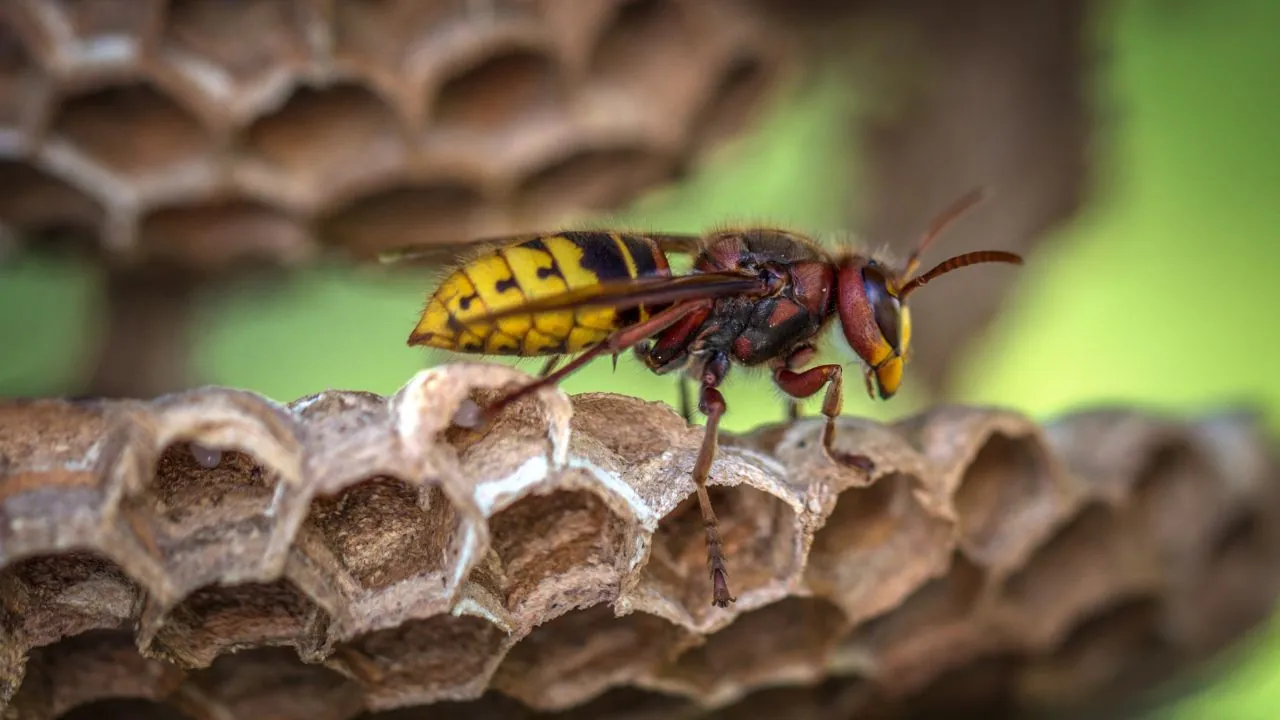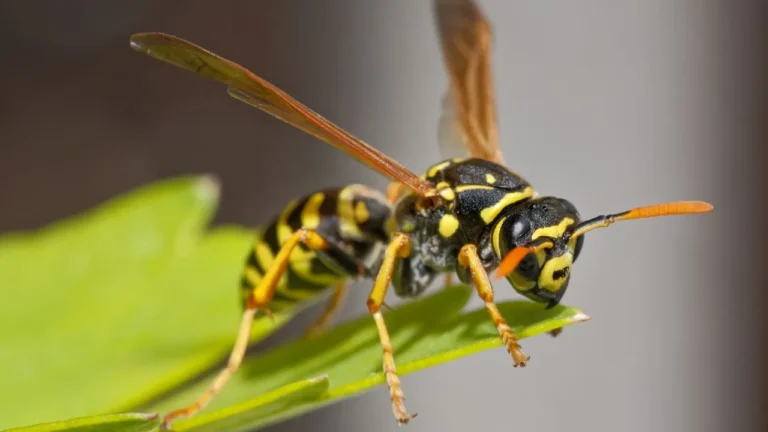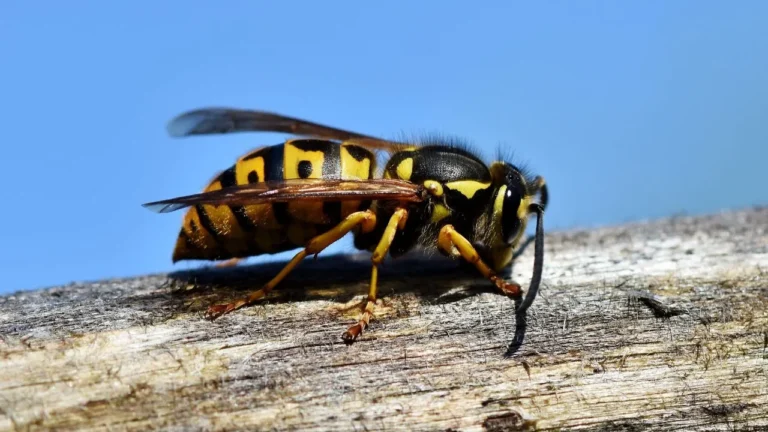Do Wasps Sleep? Exploring the Rest Patterns of These Fascinating Insects
Wasps are known for their stinging prowess and often aggressive demeanor. But have you ever wondered “Do Wasps Sleep?” Do these busy, buzzing insects take time to “sleep” like humans and other animals do? To answer this, we need to dive into the fascinating world of wasps and their rest patterns.
What Does “Sleep” Mean for Insects?
When it comes to insects, sleep isn’t exactly like human sleep. They have a different mechanism of sleep in which they experience a period of stillness. Their reduced body activity is linked to sleep.
However, they don’t experience deep sleep or dream states the way humans do. For wasps, “sleep” involves a resting state with slower movements and reduced responsiveness to stimuli.
Understanding Wasp Behavior
Wasps are diverse creatures, with around 30,000 different species worldwide. Social wasps, like yellowjackets, live in colonies and have specific roles. While solitary wasps lead a more independent lifestyle. Observing wasp behavior helps researchers understand their life cycles, including when and how they rest.
Key Takeaways
“Do Wasps Sleep?” Here is what we have discussed in this article.
Do Wasps Actually Sleep?
Research indicates that wasps do experience a resting cycle that resembles sleep. Scientists have observed that wasps become less active and often still during certain times of day, particularly at night. This period of reduced movement is similar to the rest cycles found in other insects and even some mammals.
What Time Do Wasps Go To Sleep?
Just like humans, wasps follow a day-and-night pattern, with their activity peaking during daylight hours. At night, most wasps become inactive, entering a resting phase where they appear calm and motionless. This rest period is critical to their daily functioning, enabling them to restore energy for the next day’s activities.
Circadian Rhythms in Wasps
Circadian rhythms, or natural internal clocks, help regulate sleep-wake cycles in humans and animals. Wasps, too, are believed to have circadian rhythms that dictate when they are most active and when they rest. Their internal clock is aligned with daylight hours, which is why wasps are rarely seen flying around at night.
How Do Wasps Sleep At Night?
When a wasp rests, it typically becomes still, folds its legs close to its body, and may even droop slightly. Similar to how a tired animal might look. This state isn’t exactly “sleep” as humans understand it, but it does resemble a state of restful stillness.
Do All Wasps Rest the Same Way?
Not all wasps rest alike. Social wasps, like the common paper wasp, may rest in clusters, whereas solitary wasps find individual resting spots. Furthermore, worker wasps might have shorter, more frequent rest periods throughout the wasps lifecycle. While queens take longer rest phases, especially during colder months.
Factors That Influence Wasp Resting Patterns
Wasp rest cycles are influenced by several factors, including temperature, light exposure, and seasonality. For instance, as the days shorten and temperatures drop, wasps tend to become less active. They spend more time in a state of rest or hibernation.
How Long Do Wasps Rest?
The amount of time wasps rest varies by species, environmental conditions, and time of year. Generally, wasps rest at night for several hours. But may take brief rest periods throughout the day when activity demands are lower.
What Happens to Wasps During Winter?
During winter, wasps enter a phase known as diapause, a form of insect hibernation. The queen wasps survive the winter by resting in a sheltered area, slowing their metabolism significantly until warmer weather returns. Worker wasps, however, typically do not survive the winter, as their role is seasonal.
Why Don’t We See Wasps at Night?
The lack of wasp activity at night is due to their reliance on daylight to navigate and find food. At night, most wasps rest, making it rare to spot them after sundown. This is one reason wasps are so closely associated with daytime activity. Are you thinking about “Can wasps see at night?” Yes they can see at night but they prefer to do their work in the daylight.
Do Wasps Dream?
While there’s no evidence to suggest wasps “dream,”. Studies on insect brain activity during rest show that some insects exhibit low-level brain activity similar to what occurs in REM sleep. Whether sleeping habits of wasps experience anything close to dreaming is still unknown.
Importance of Rest in Wasp Lifecycle
Rest is essential for wasps as it helps them restore energy, particularly for the worker wasps. They have demanding tasks like foraging, nest-building, and defending the colony. This rest helps ensure they can perform effectively and maintain their health.
Conclusion
Do Wasps Sleep? While wasps don’t “sleep” in the way humans d o, they certainly experience restful periods that allow them to recharge. These rest cycles align with their day-and-night activity patterns and are crucial for their survival. Understanding the rest patterns of wasps offers insights into their behaviors and roles in ecosystems.




